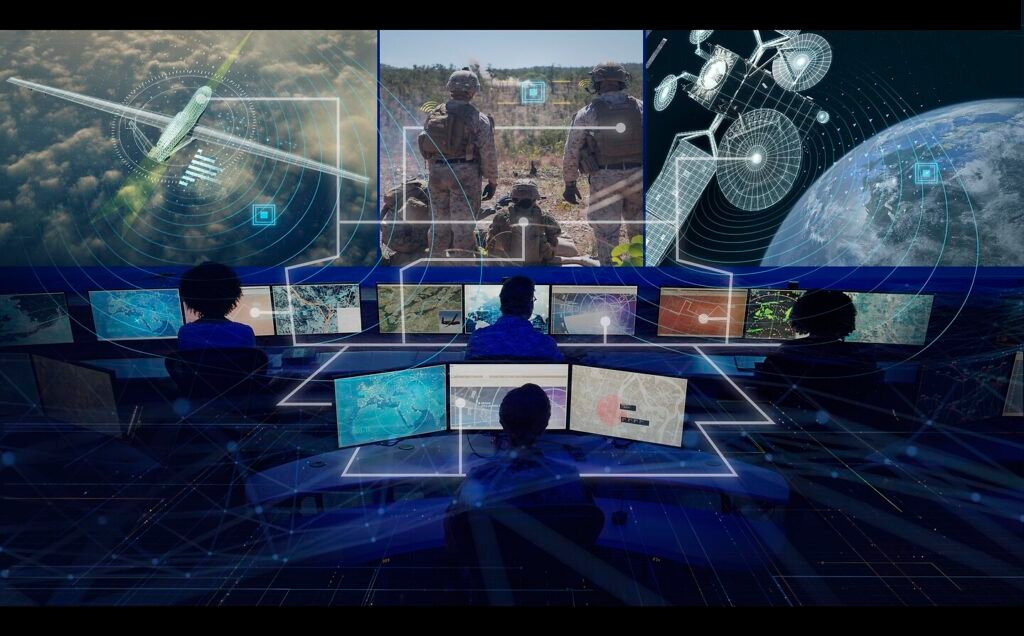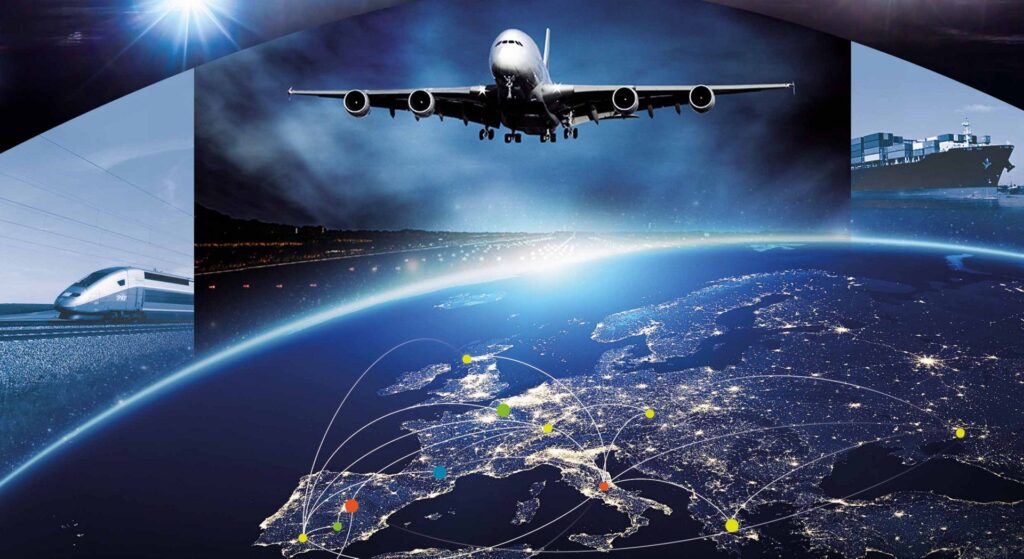Aerospace Aerospace news Air Force News Airbus news Airplane News Aviation news Avionics Business News Communications News Consumer News Defense News Economic News Economy News European News Finance News German Global Politics Great Britain International News Manufacturing & Assembly News Military Military News News Space News stock stock news transport
Airbus and Northrop Grumman Team Up to shape NATO Future Surveillance and Control
Munich, Germany / Falls Church, Virginia, 8 November 2021 – Northrop Grumman Corporation (NYSE: NOC) and Airbus (OTC: EADSY) Defense and Space, together with seven industrial players, have established ASPAARO, the Atlantic Strategic Partnership for Advanced…

